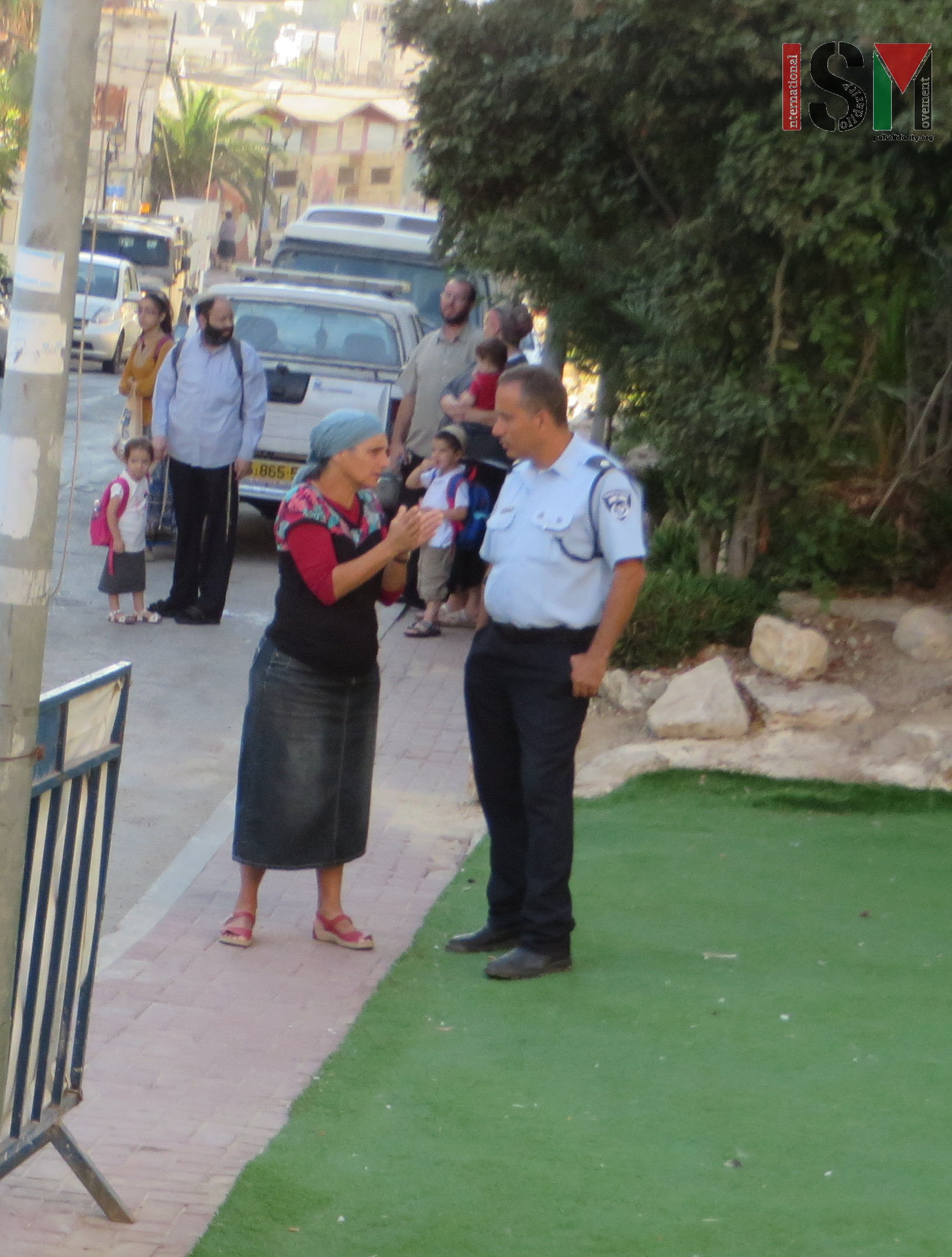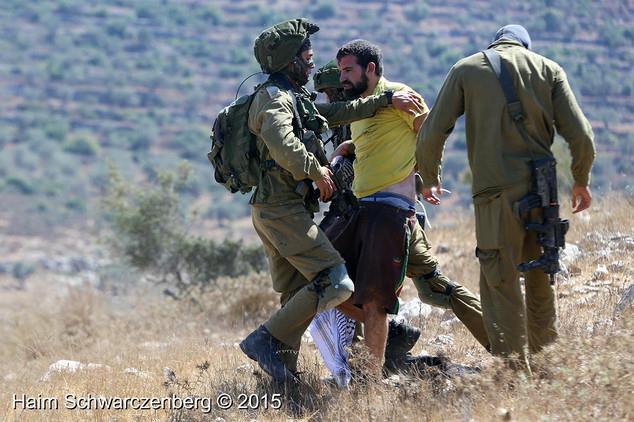Author: ISM Media
-
Settler attacking international activists in Hebron
1st September | International Solidarity Movement, al-Khalil Team | Hebron, occupied Palestine Yesterday in al-Khalil (Hebron) in occupied Palestine, a female settler harassed and attacked international activists who were monitoring a checkpoint during school-time. In the morning volunteers were standing close to Qurtuba school, monitoring children on their way to school. This school is particularly prone…
-
International media attention in the arrest of Vittorio Fera
1st September | International Solidarity Movement, al-Khalil Team | Hebron, occupied Palestine Friday the 28th of August Vittorio Fera was violently arrested by Israeli forces. He was beaten up during the arrest and treated badly in prison. His case was in court Monday 31st of August and is now postponed till the 8th of September. The…
-
Italian activist arrested and beaten up in occupied Palestine
31st August | International Solidarity Movement, al-Khalil Team | Hebron, occupied Palestine Update 31-08-2015 20:00: Vittorio Feras court this morning again did not take any final decisions. It was ruled to release him on a 3000 shekel bill under the condition that he stay in Jerusalem and not leave the country until yet another court date on…


